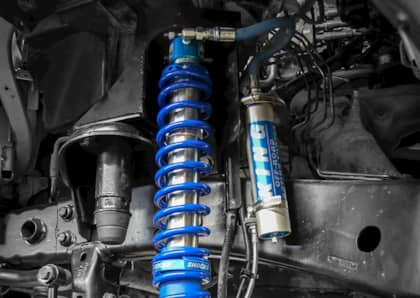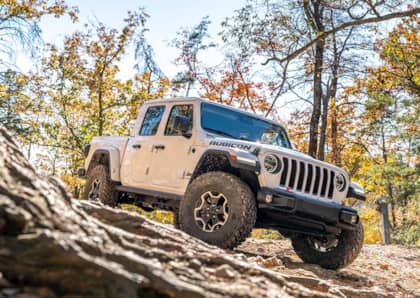Wheel Spacer Facts: What to Know Before You Buy
Wheel spacers have easily become one of the most common add-on accessories to a four-wheel-drive. While the modern wheel spacer has become commonplace, the stigma around their safety continues to remain in question. In this article, we’ll breakdown not only why wheel spacers are a go-to for so many, but take a look at the some of the pros and cons of the upgrade. So, let’s dive in.
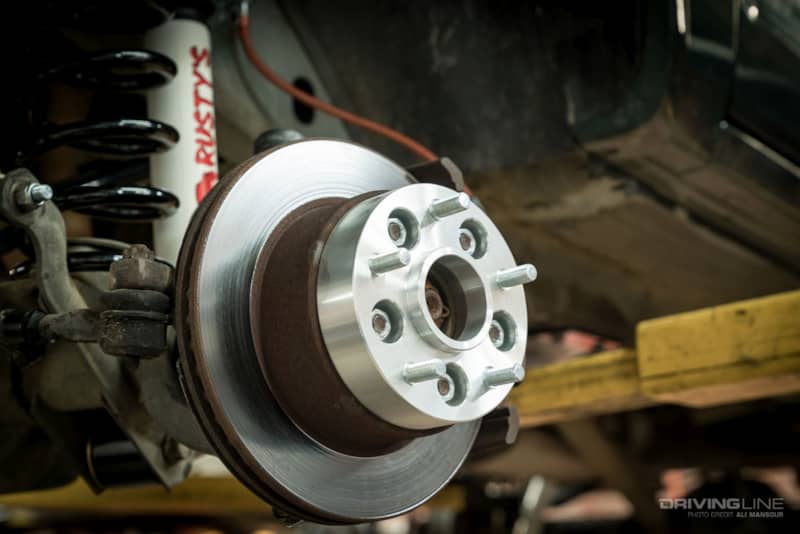
How It Works
Most wheel spacers are designed to bolt between your wheel and the stock mounting hub. Some spacers not only allow for spacing, but can be used to change from one wheel bolt pattern to another.
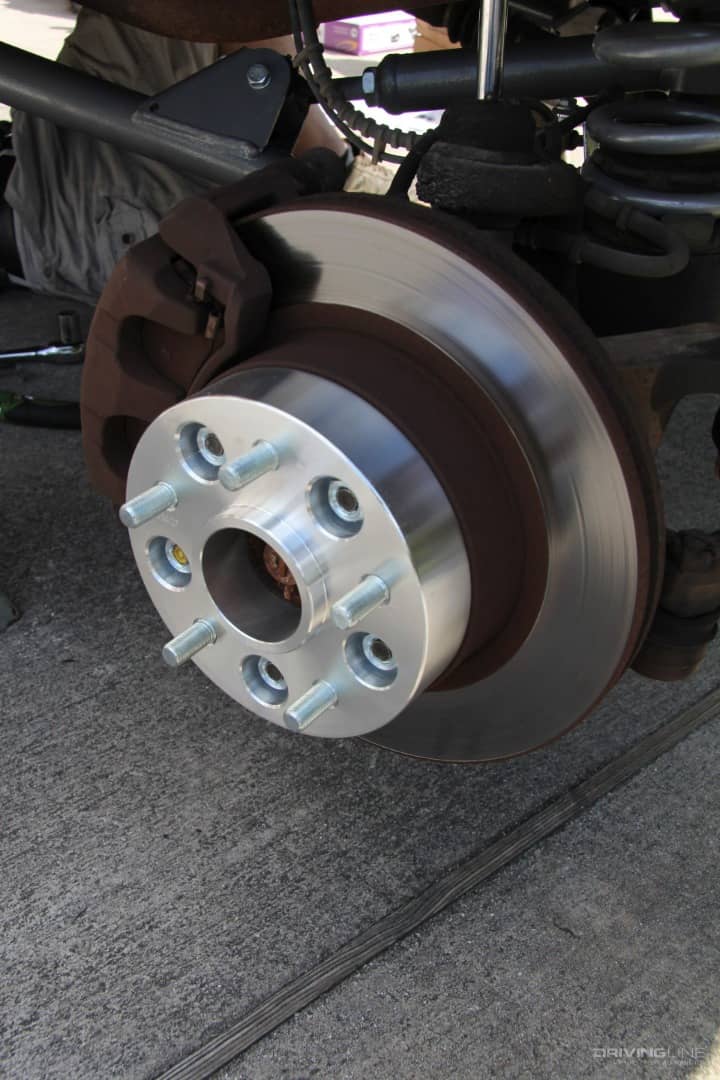
What Are They Made Of?
The vast majority of wheel spacers in the truck and SUV segment are comprised of aluminum. Specifically, 6061-T6 which weighs significantly less than steel and provides ample strength for its intended use.
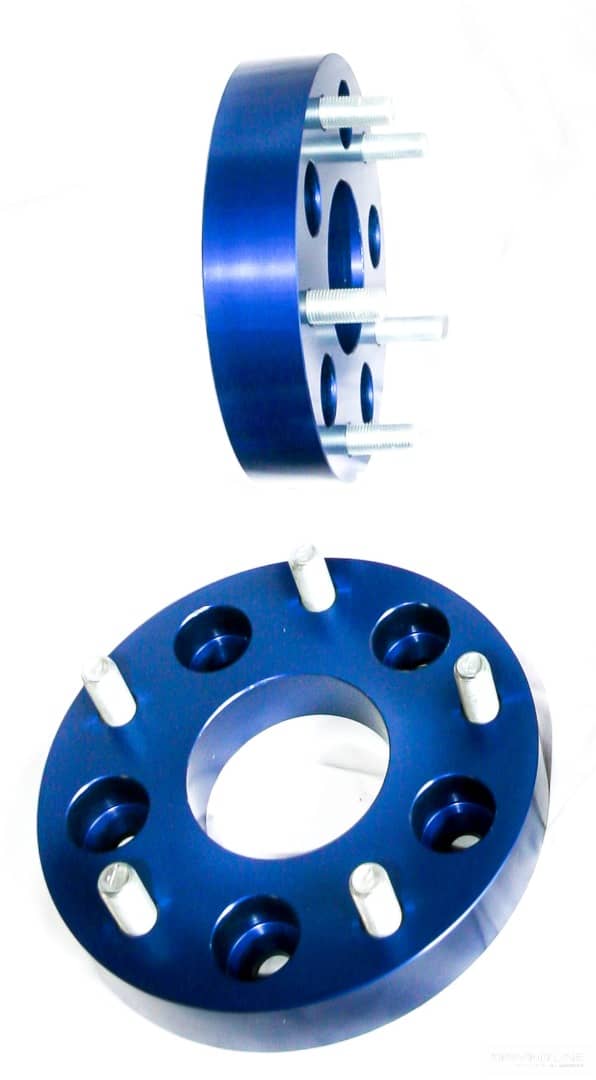
Why Use A Spacer?
Given most four-wheel-drive vehicles are built with wheels which have numerically high backspacing from the factory, adding on a larger-than-stock tire can cause rubbing issues on suspension, frame, and even body components. Adding a wheel spacer will move the tire outwards from the vehicle, which can help tremendously with clearance and rubbing issues. Given spacers are considerably less expensive than a new wheel (and can be installed at home), they have become a popular upgrade.
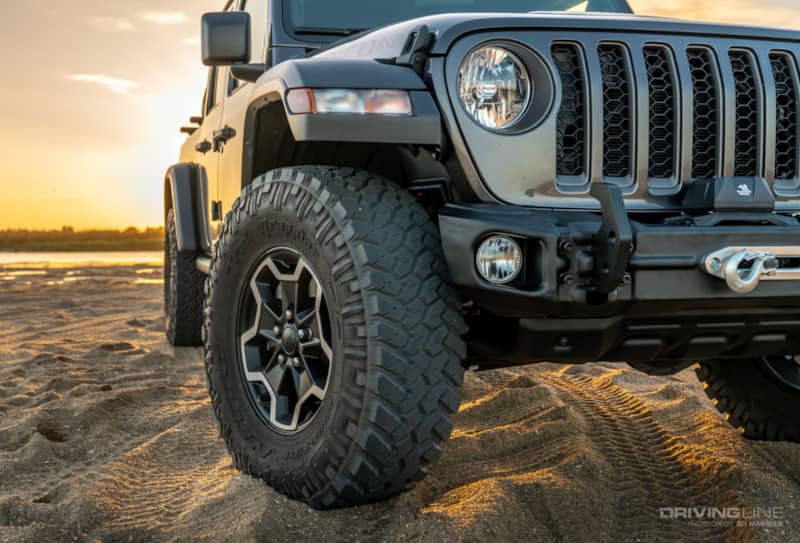
Matching Stance
Another reason we see wheel spacers being used in the truck world is to match up the stance of the vehicle. This is often due to the front of the vehicle having a wider track than the rear. This is one of the reasons wheel spacers are often sold in sets of two, rather than four.
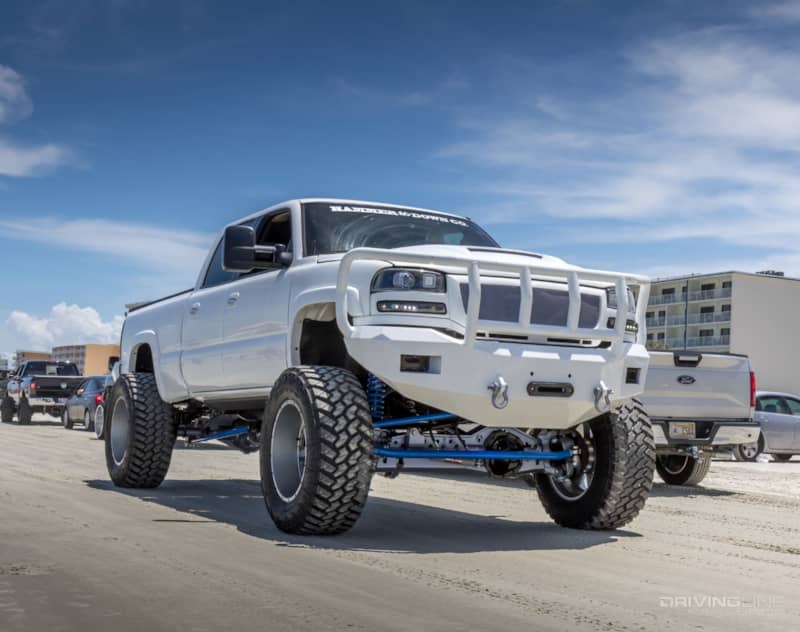
Installer Safety Tips
The fear with any spacer is that it will come loose. To prevent this, be sure to not only follow the recommended torque specs, but use thread locker on the stock studs that the spacer bolts to. High-strength threadlocker is favorite among many installers. For added safety, be sure to paint mark your spacer nuts. This will help you quickly see that they are still tight when you perform routine maintenance like tire rotations.

Backspacing
Adding a wheel spacer has a similar effect as swapping to a wheel with less backspacing. For example, if your stock wheel has 6 inches of backspacing and you add a 2-inch wheel spacer, your backspacing figure is effectively now 4 inches. The lower the backspacing number, the farther out the wheel will stick from the vehicle. Just the same as if you ran a wheel with a low numerical backspacing figure (i.e. 3.5 inches), you are placing more strain on your vehicle’s bearings and frontend components with a wheel spacer. This usually isn’t a major issue when a spacer is combined with a stock wheel, but can become an issue when mixed with an aftermarket wheel set. While the spacer won’t generally be the point of failure, pushing the wheel farther out can result in premature ball joint, wheel bearing, and tie-rod failure.
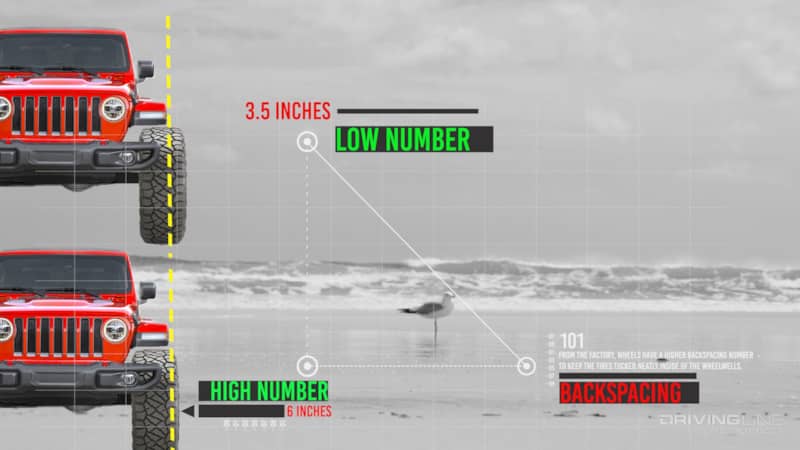
How Much Spacing?
We prefer to stay under 2 inches when running spacers. However, you will need to be aware that some OE studs may stick out past the spacer’s mounting surface. This means you’ll need to trim off any overhang before mounting your wheels. Also, look for hub-centric spacers when possible, for the best and strongest fit. While this should go without saying, never stack wheel spacers.
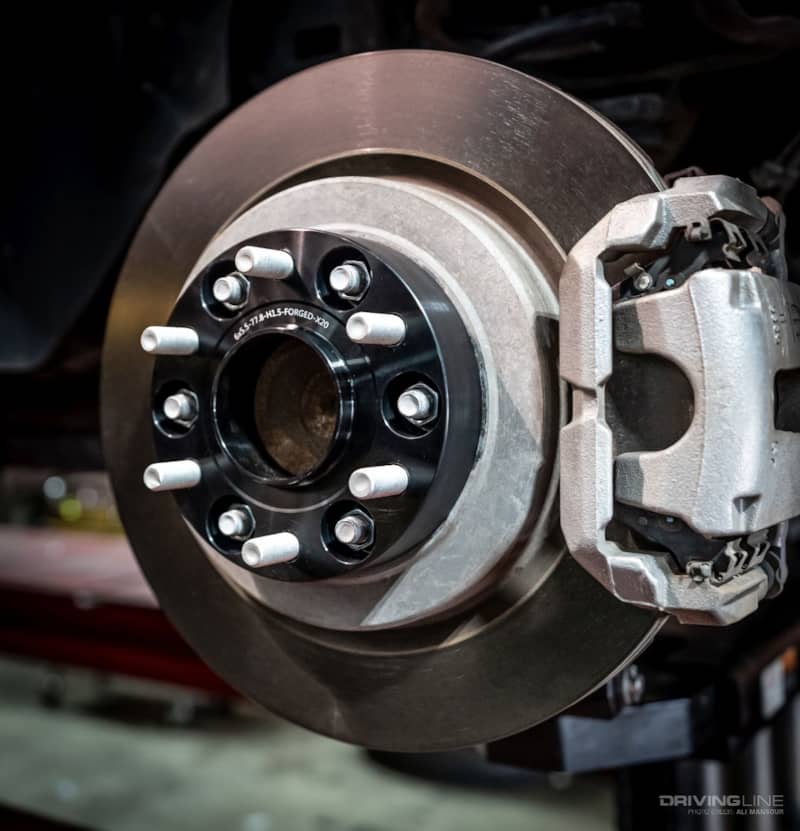
Trail Safe
One misconception that’s worth clearing up is that wheel spacers are just for mall crawlers and they will fail off-road. This is not the case. We’ve personally ran and thoroughly tested wheel spacers over the years and never experience a single trail failure related to the spacer. Overall, spacers serve as an economical way to allow you to keep the wheels you have and move them out a bit. While we prefer to buy new wheels over running wheel spacers, spacers are a safe and affordable alternative.
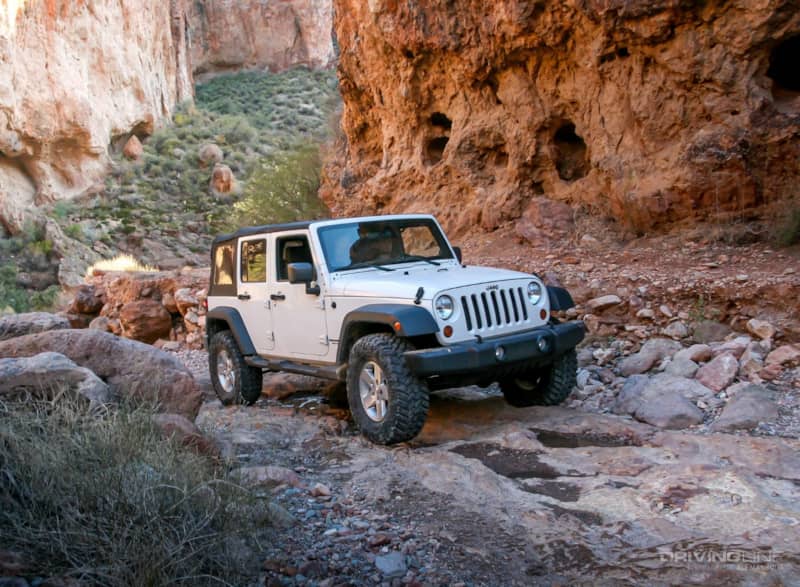
More From Driving Line
- Now that you know about spacers, let's talk tire tech.




